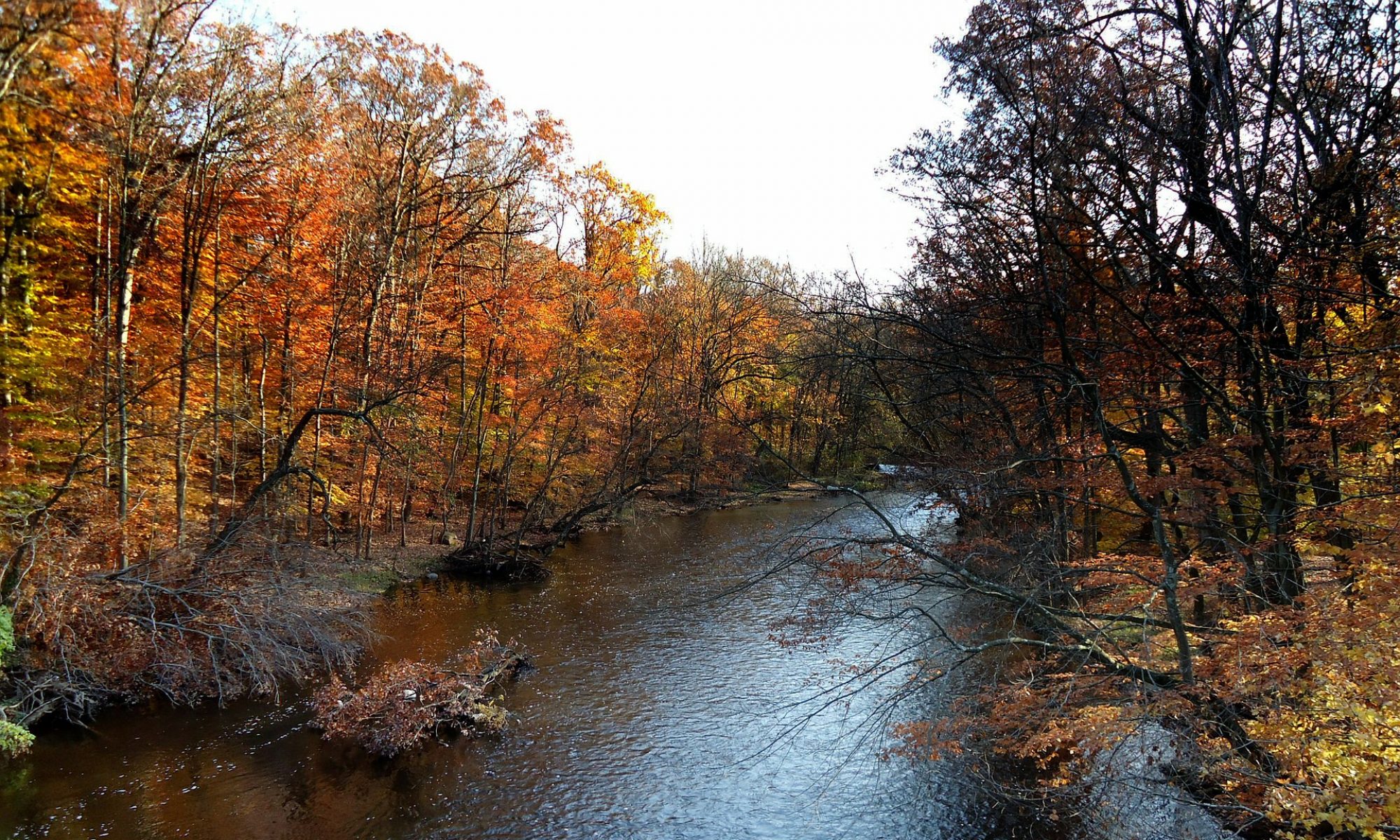Extending New Jersey’s Green Economy
The Paper up until now is largely the students’ work, with their selection of green economy concepts, conclusions, and recommendations. One aim of that is to bring greater attention and consideration of green economy prospects to the Governor and key staff. This Appendix is the Professor’s work.
This second Appendix extends the argument for a larger scale greening of New Jersey’s economy. Its relationship to the preceding section is interrelated. It takes advantage of the foundation laid by the earlier work; and both supports and builds on it to take certain concepts deeper.
Appendix II goes beyond being just a proposal. It seeks what is being called “Transformational Change” in the European sense (Waddell, 2016), or large scale change comparing to current state economic greening—although plenty of guidance is provided for those more familiar and comfortable with much more incremental-level improvements. It assumes Transformational Change is possible in New Jersey. Such comprehensive change, if feasible, would be unique, and likely bring with it both a lot of potential, as well as many issues, some of which are fairly new. It tries to anticipate some of the issues which may come up, and gives some suggestions on how to deal with them.
It should be useful to more than very high level government decision-makers. If some level of extended, more ambitious greening of the economy is undertaken, administrators and staff assigned to it, their partners, and any other contributors or participants, will find ideas, lessons, choices, and many possibilities for direction of such a program. That includes both the near-term and much further into the future.
This Appendix extends the earlier discussion about a green economy and green jobs; it goes into much more detail about the accomplishments and potential of sustainable business and CSR, including addressing a couple of particularly difficult challenges: biodiversity and morality; describes a few concepts with substantial potential, such as farming; and explains four existing state sustainable business programs. It has its own Conclusions and a very lengthy and extensive Recommendations section, apart from those in the Students’ earlier section. Like it, it also summarizes some other earlier studies of a green economy in New Jersey, and some of their insights are extracted for use in the text. However, the sources used for this Appendix are included within the earlier “References” section; not here.
As part of its bigger picture view, it explores possible mindsets that have been obstacles in the past to consideration of more ambitious green economy ideas within government, business, non-profit, academic, media, and citizen circles (all of which the author has participated in). This Appendix calls for their questioning as a pre-requisite, or at least parallel step, in considering the other ideas.
It is based on 40 years of work on this issue, including as a graduate student, taking separate Masters’ in atmospheres with very different perspectives and views, including about who the “enemy” was; teaching; reading; writing, including for two sustainable business journals; attending many hundred conferences and forums, including taking a final run over the past year at forums of three of the State’s four relevant initiatives (hoping an opportunity such as this would emerge); 12 years as a Senior Fellow at Fairleigh Dickinson University’s (FDU’s) Institute of Sustainable Enterprise (ISE), including working with businesses; and NJDEP experience as the one-time Sustainability Team Leader. The latter included: being the departmental liaison to the then-Office of Sustainable Business at the then-New Jersey Department of Commerce, leading the Interagency Work Group on Sustainability assigned to implement one of then-Governor Whitman’s Sustainability Executive Orders, co-chairing the NJDEP Sustainable Communities Work Group, staffing the government/business/ environmentalist partnership, the “Green & Gold” Task Force, which aimed to develop common ground on some issues then before the department, and co-running a seven-year sustainability seminar series.
This Appendix focuses on what doesn’t usually come up, therefore as large as it is, it doesn’t go much into areas somewhat further along reaching mainstream circles. See Table 1 for what is missing or de-emphasized. It also functions as a repository of ideas, and a large assembly of references, which exist nowhere else.
This Appendix is also for anyone who would like to take things further, whether they’re around now or emerge in the future; whether they know they have this interest, or something emerges to alert them that they do. Perhaps the times ahead will find some value in it, whether during Governor Murphy’s tenure or sometime afterwards.

